- 25 Posts
- 74 Comments
Joined 2 years ago
Cake day: June 14th, 2023
You are not logged in. If you use a Fediverse account that is able to follow users, you can follow this user.

 1·2 months ago
1·2 months agodeleted by creator

 8·2 months ago
8·2 months agodeleted by creator
deleted by creator
deleted by creator
This comment should be deleted soon
deleted by creator

 1·2 months ago
1·2 months agodeleted by creator

 420·2 months ago
420·2 months agodeleted by creator

 33·2 months ago
33·2 months agodeleted by creator

 102·2 months ago
102·2 months agoThis comment should be deleted soon
deleted by creator
deleted by creator
This comment should be deleted soon

 4·2 months ago
4·2 months agodeleted by creator

 31·2 months ago
31·2 months agoThis comment should be deleted soon

 11·2 months ago
11·2 months agodeleted by creator

 11·4 months ago
11·4 months agodeleted by creator

 11·4 months ago
11·4 months agodeleted by creator

 11·2 months ago
11·2 months agoThis comment should be deleted soon
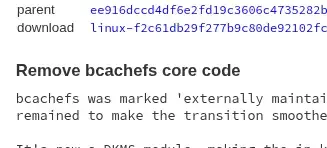
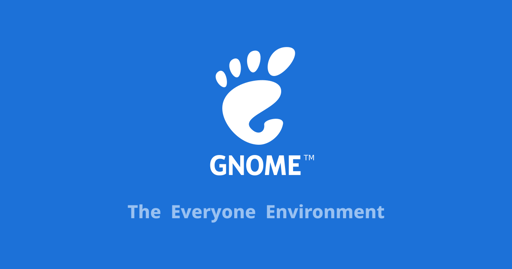

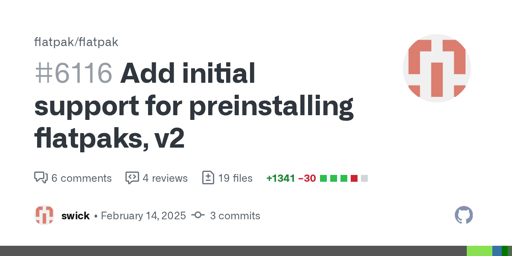
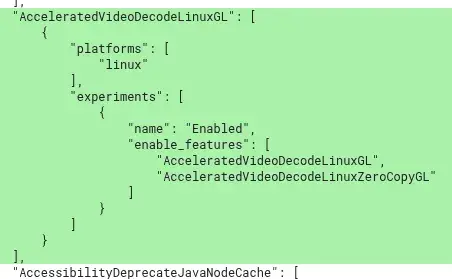
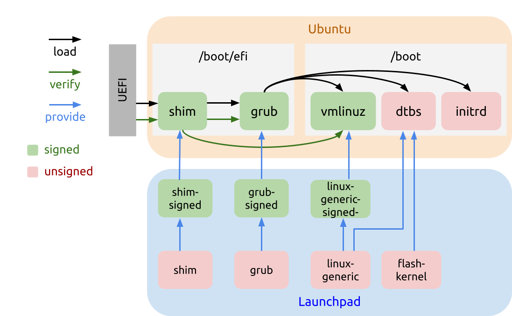

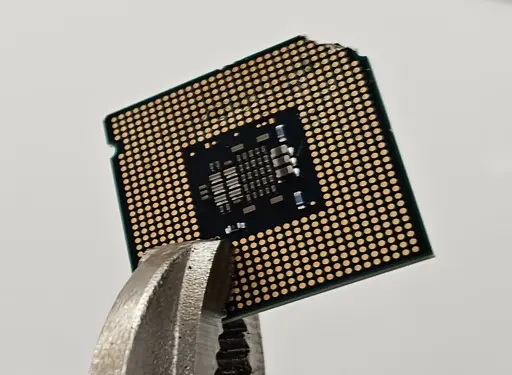

deleted by creator